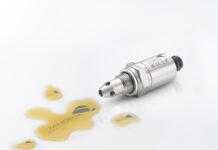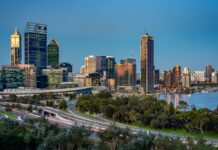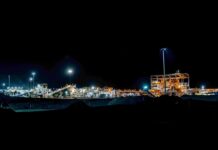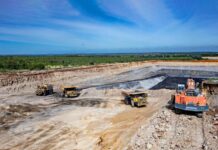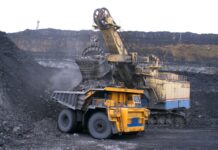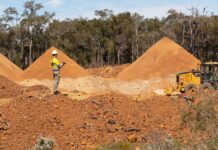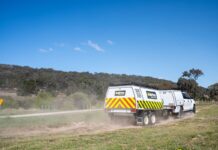UQ researchers identify methane ‘super-emitter’
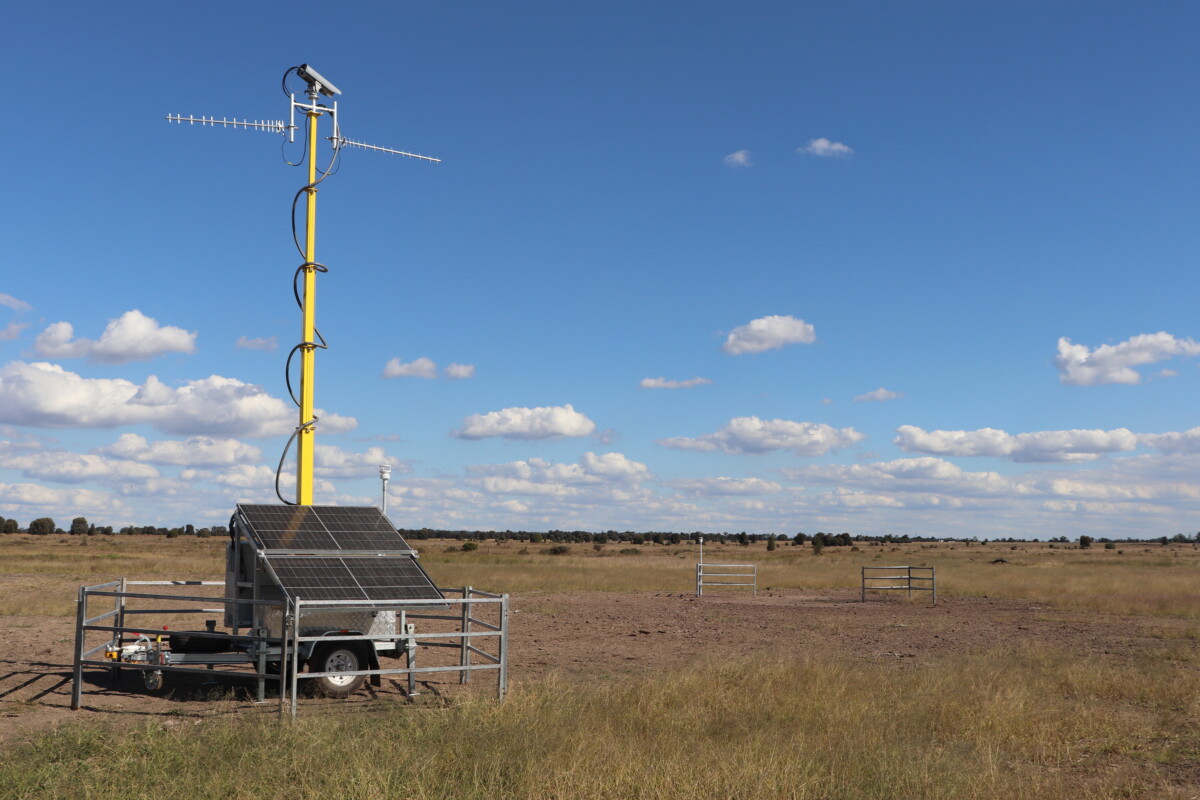
Researchers from The University of Queensland (UQ) have found a coal borehole is releasing the same amount of greenhouse gases as 10,000 cars.
The researchers used advanced gas detection technology to determine 235t of methane were released per year from the abandoned borehole at a farm in the Surat Basin revealing a potentially underreported source of methane in the atmosphere.
With an estimated 130,000 similar boreholes across Queensland, where the quality of sealing by coal explorers is unknown, sealing high-emitting sites could offer a cost-effective way to reduce emissions.
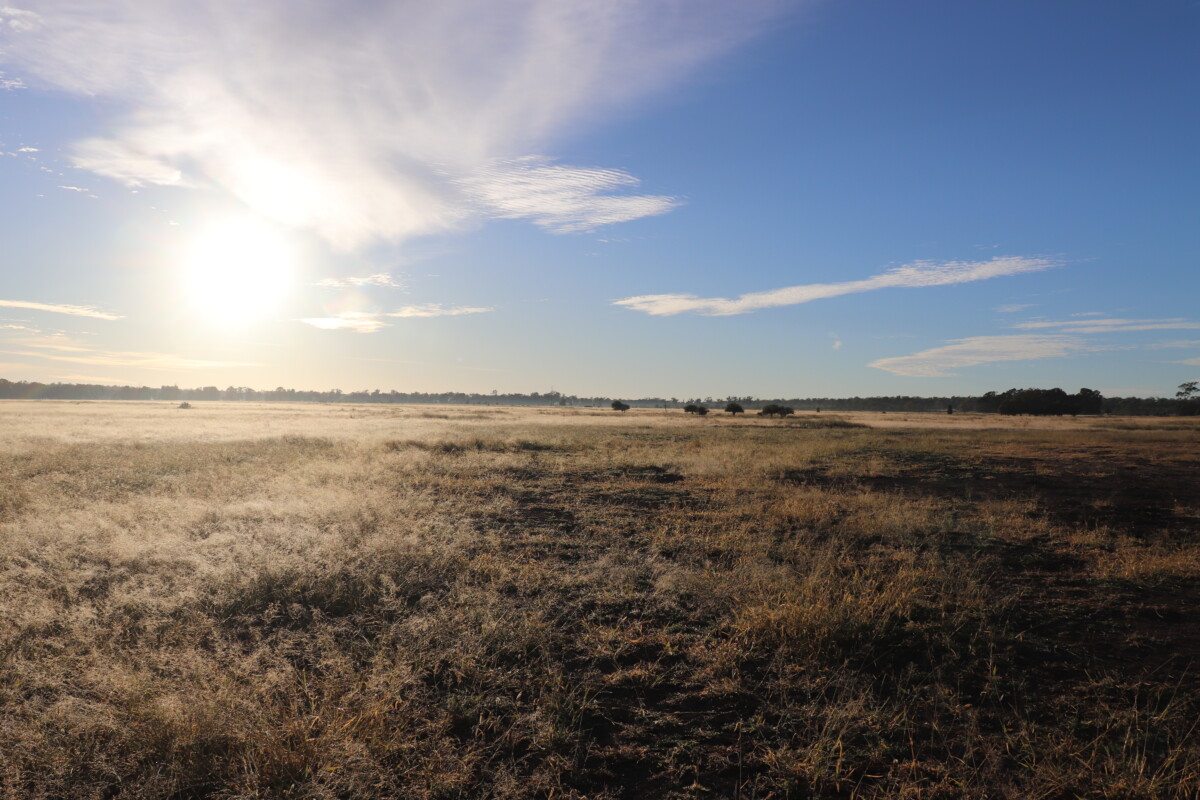
UQ associate Professor Dr Phil Hayes says although it looks like a patch of bare ground in a cattle paddock, the borehole qualified as a methane super-emitter.
“This was the first long term measurement of methane emissions from an abandoned coal exploration borehole,” he said.
“In terms of climate impact, that’s on par with emissions from 10,000 new cars driving 12,000km each, every year.”
UQ researcher Dr Sebastian Hoerning says that there were thousands of abandoned coal holes and it was not known how well they are sealed — if at all — or how much methane they may be emitting
“While the majority of these boreholes won’t be emitters, our measurements show they could be a major source of greenhouse gas emissions that is currently unreported,” he said.
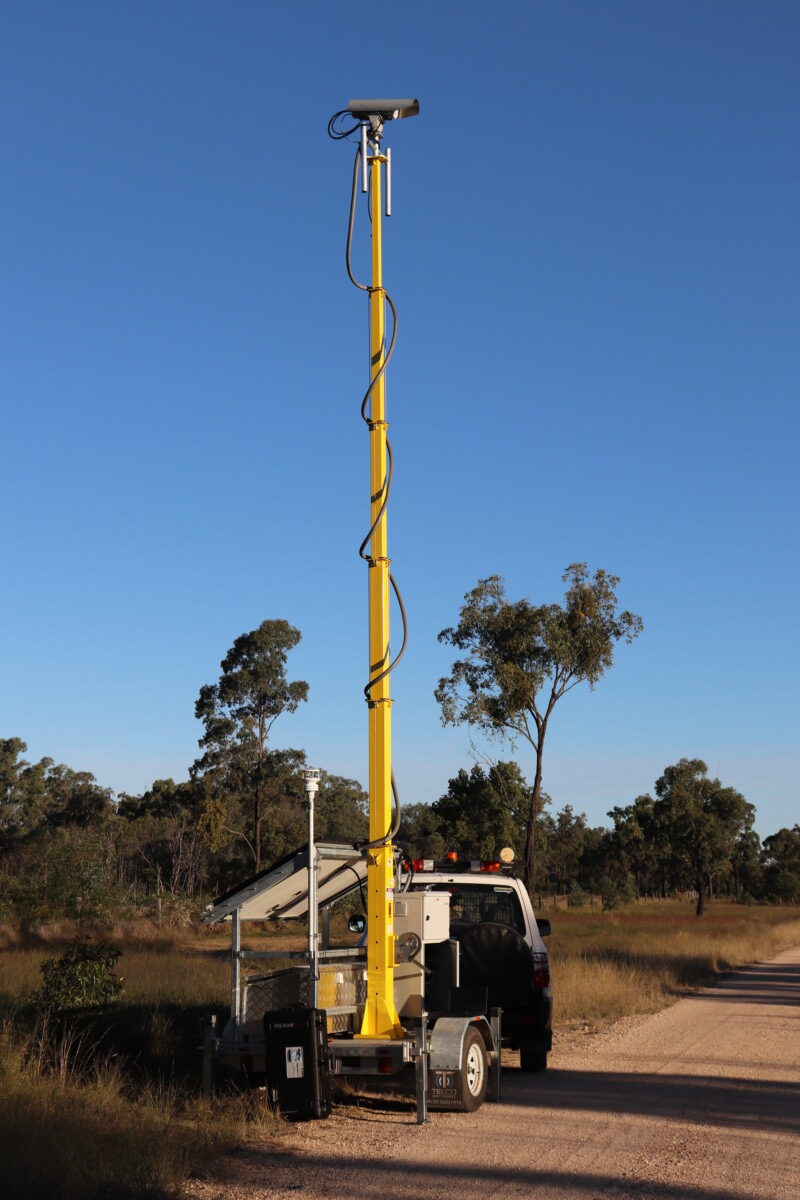
Researchers took emission readings using a portable quantum gas LiDAR system, which more accurately captures emissions that vary over time than traditional measurement methods such as handheld sensors.
By measuring emissions over a weeklong period, the researchers saw how emissions varied with temperature and different weather conditions, enabling them to extrapolate the results to give a weekly reading.
“More surveys will likely reveal further opportunities for reducing Queensland’s greenhouse gas contributions by sealing old boreholes with the highest emissions,” Dr Hayes said.
“Our research has revealed a problem, but also an opportunity.
“Sealing the worst offending boreholes represents a straightforward and cost-effective way to quickly reduce greenhouse gas emissions.”
Dr Hayes and Dr Hoerning hope to expand their study to a larger sample of coal exploration holes to gain thorough understanding of the frequency and rate of emissions, along with other emission drivers such as geology and groundwater.
“The issue may also not be limited to coal boreholes and we would be interested to study the emissions potential of water bores,” Dr Hayes said.
“We hope our work can eventually help reduce overall greenhouse gas emissions across Queensland and beyond.”



